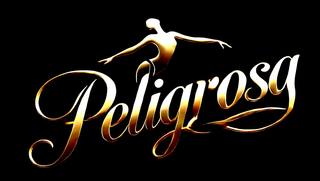Dance is not just movement – it’s the language of the body, emotions, and soul. Every step, every look, every touch has meaning. But what helps our body remember choreography even months later? And how can playfulness improve our dance performance?
According to Urban (2015), dance is a complex activity that integrates physical, psychological, and emotional aspects. This means that through dancing, we not only shape our body, but we also train our memory, attention, and sense of rhythm.
Memory in Dance: When the Body Knows What to Do
Dance is not only about muscles – it’s about how the brain stores movement. Urban explains that in the training process, motor and emotional memory play a key role. Thanks to these, we can repeatedly perform learned choreographies and enrich them with our own emotional expression.
Motor memory develops through repetition, but effective memorization also requires the involvement of other senses, especially hearing. When movement is synchronized with music, rhythm and tempo help with timing – but they can also increase cognitive load, especially when the dancer is still uncertain about the movement sequence.
Training the Dancer: More Than Physical Fitness
Urban highlights that the development of attention, memory, rhythmic perception, and improvisation is essential for every dancer. The more a dancer can consciously work with their body, the better they remember choreography. Dance training thus becomes a mind-body unity – a harmony between physical performance and mental focus.
Play as a Learning Tool: Why Playfulness Works
You may recall moments during workshops where games were played – and those were often the times when movements stuck the most. That’s not a coincidence. Urban (2015) states that initiatory games increase both movement memorization and concentration. Playful activities lower stress, activate emotional memory, and help information transfer into long-term memory.
This approach is especially effective not only for youth and children, but also for adult dancers – because when we play, we learn naturally and joyfully.
Conclusion: Dance as a Journey to the Self
Dancing is much more than choreography – it’s a way to connect with yourself, the music, and others. When we engage our memory, emotions, and playfulness, dance becomes a tool for both self-expression and personal growth.
And remember: your energy, movement, and attitude are what make you shine on the dance floor – your outfit simply completes what already radiates from within.
Source:
Urban, M. (2015). Play and Dance: Initiatory Games Not Only for Dancers. Banská Bystrica: Stredoslovenské osvetové stredisko.

